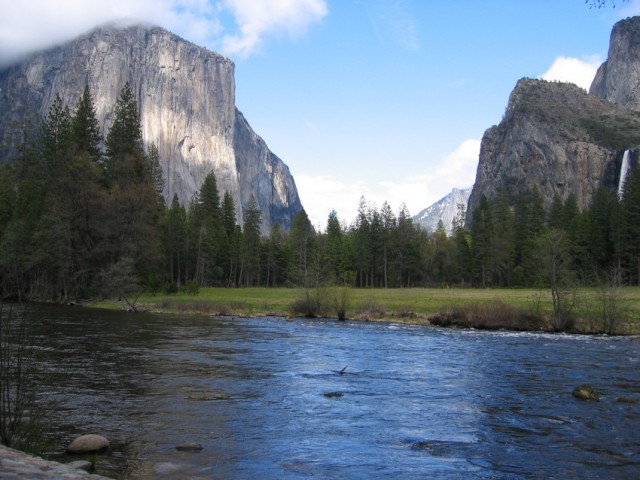
Related: From KQED's The California Report: Government Shutdown Hits Tuolumne County Hard
California officials say the state can't afford to take up the federal government on its offer to reopen Yosemite and other national parks affected by the government shutdown — if the state picks up the tab.
H.D. Palmer, a spokesman for the state Department of Finance, said yesterday that because California's own budget is balanced by such a thin margin, it can't take on the added expense of paying for the parks.
Paul Rogers, environment reporter for the San Jose Mercury News and managing editor of KQED Science, provides the context:
California officials are concerned that their fragile state budget faces a major risk if Republicans in Congress default on the nation's debts rather than extend the debt limit later this month. Such a default could send financial markets crashing, which would have a direct impact on California's budget.
That's because California's tax system is tilted so that the rich pay a large amount of state taxes. In 2011, the most recent year that complete data is tallied, the top 1 percent of households paid 41 percent of California personal income taxes.
"You've got a very narrow band of taxpayers that contribute a large amount of state personal income taxes," Palmer said. "And a lot of that money comes from capital gains and stock options."
California's decision not to pay to reopen the parks comes as Utah announced it will use state funds to reopen several attractions there. The National Park Service closed 401 parks nationwide and furloughed more than 20,000 employees as part of the shutdown that began Oct. 1. The service said it is losing $450,000 per day in revenue from entrance fees and other in-park expenditures, such as campground fees and boat rentals.